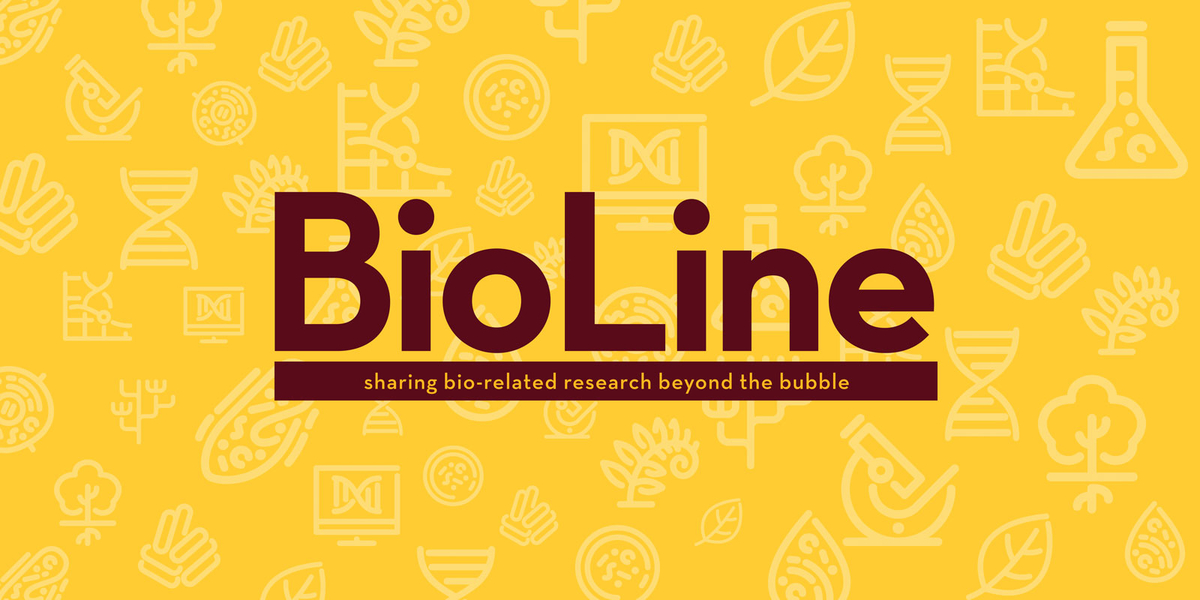
It’s always warm in the fly room. The frequent clicking and spraying of the humidifier makes the air warm and thick, imbued with the unmistakable sticky smell of fly food. For those of us working here, it is an escape from the blustering Minnesota winter even if we have to shed all those layers to get comfortable. Comfort is essential because you need to be on your toes when taking care of so many lives.
This is the fly room in Dr. Paloma Gonzalez-Bellido’s lab in the Ecology building of the Saint Paul campus. The team studies hunting behavior in flying insects. Featuring prominently among these are dragonflies and the tiny killer flies,that are twenty times smaller than dragonflies. Despite this size difference these two animals have in common their incredible aerial hunting skills. They use their excellent vision to detect and chase down prey within the blink of an eye. Their flying skills and eyesight evolved over several millennia and can inspire and improve drones and robots.
Undergirding this ambitious and important work is the sustained effort of a team of lab members who take constant care of these animals in the lab. A population of dragonflies and killer flies needs to be fed and cared for throughout the year, as does their food -- a staple of biology labs -- the fruit fly.
David Munkvold, who is currently a lab tech and will soon join the Ecology graduate program, says that, “It is easy to develop tunnel vision as you go through all the different tasks. You need to be on the lookout for things that can go wrong.” One of the things David enjoys about the work is finding new ways to make things more efficient. And you can always be more efficient when you’re taking care of so many different animals with all kinds of needs.
Dragonflies, before they emerge as adults, live underwater and look nothing like the adult. At this stage of their life, they’re called nymphs. And just like the adults, they are hunters that feed on blackworms in the lab.
Taking care of the nymphs and the blackworms is a task in itself. One that Ashley, a senior, spends most of her time doing. The blackworms can be quite disgusting, but, “If you don’t like working with bugs, this is not the job for you,” Ashley says with a tinge of pride.
While Ashley is interested in studying how the eyes work, David would like to understand how their nervous systems change from their underwater stage to the adult stage. These little insects are a source of many interesting questions to scientists working in evolution, ecology, neuroscience, behavior and even robotics.
Behind all this cool science, though, is the work of people like Ashley and David, who keep the day-to-day running. The warm, humid lab is well suited to the needs of the animals. For humans who are working hard to make this science possible, it is an introduction to the nitty-gritty of research work as well as a haven from the freezing temperatures outside. —Siddhant Pusdekar